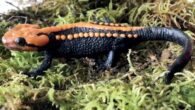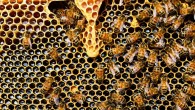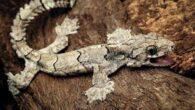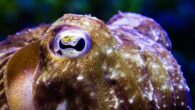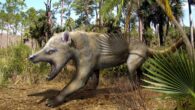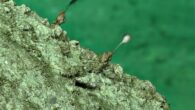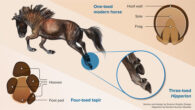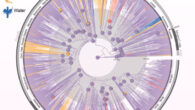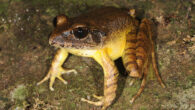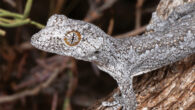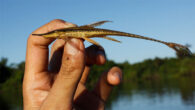Few fast-swimming apex fishes are classified as regional endotherms, or partially warm-blooded, having evolved a relatively uncommon suite of traits (e.g. elevated body temperatures, centralized red muscle, and thick-walled hearts) thought to facilitate a fast, predatory lifestyle. Unlike those apex predators, basking sharks (Cetorhinus maximus) are massive filter-feeding planktivores assumed to have the anatomy and physiology typical of fully ectothermic...


